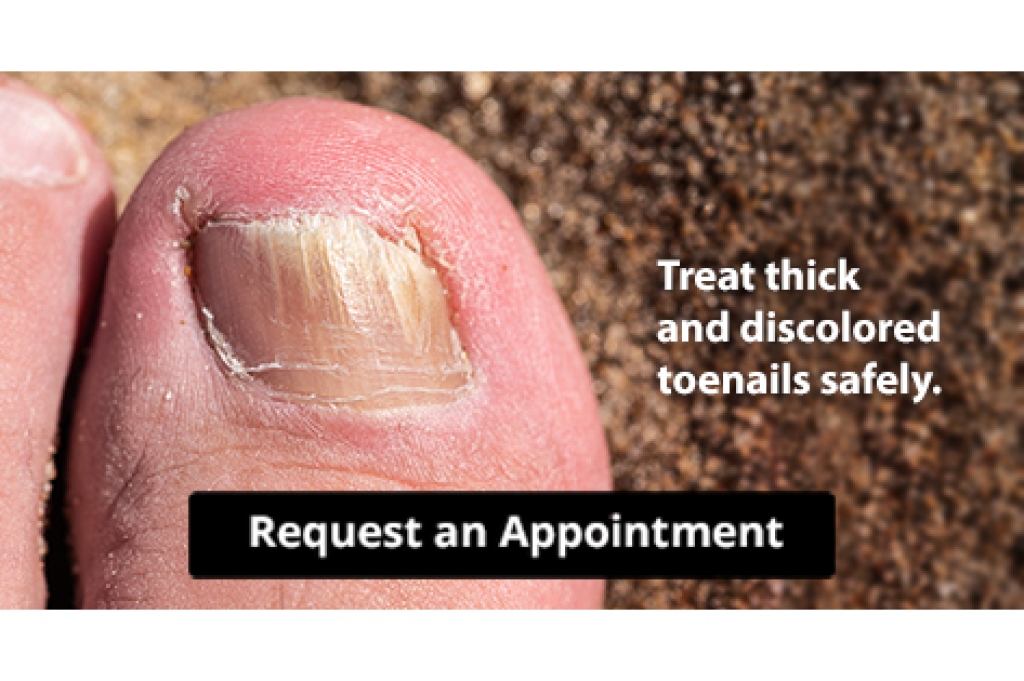
An Achilles tendon injury occurs when the strong band of tissue connecting the calf muscles to the heel becomes strained, torn, or ruptured. Football players are particularly at risk due to sudden sprints, jumps, and rapid direction changes that place intense stress on the tendon. Risk factors include poor conditioning, tight calf muscles, overuse, and previous injuries. Symptoms may include pain, swelling, stiffness, and difficulty walking or pushing off the foot. A podiatrist can provide diagnosis, treatment, and prevention strategies tailored to each patient. An Achilles tendon injury can cause severe pain and discomfort, making it difficult to complete daily activities. If you or someone you know has endured this type of injury, it is suggested that a podiatrist is consulted who can effectively treat this condition.
Ankle and foot injuries are common among athletes and in many sports. They can be caused by several problems and may be potentially serious. If you are feeling pain or think you were injured in a sporting event or when exercising, consult with one of our podiatrists from Graff Foot, Ankle and Wound Care. Our doctors will assess your condition and provide you with quality foot and ankle treatment.
Common Injuries
The most common injuries that occur in sporting activities include:
- Achilles Tendonitis
- Achilles Tendon Rupture
- Ankle Sprains
- Broken Foot
- Plantar Fasciitis
- Stress Fractures
- Turf Toe
Symptoms
Symptoms vary depending upon the injury and in some cases, there may be no symptoms at all. However, in most cases, some form of symptom is experienced. Pain, aching, burning, bruising, tenderness, tightness or stiffness, sensation loss, difficulty moving, and swelling are the most common symptoms.
Treatment
Just as symptoms vary depending upon the injury, so do treatment options. A common treatment method is known as the RICE method. This method involves rest, applying ice, compression and elevating the afflicted foot or ankle. If the injury appears to be more serious, surgery might be required, such as arthroscopic or reconstructive surgery. Lastly, rehabilitation or therapy might be needed to gain full functionality in the afflicted area. Any discomfort experienced by an athlete must be evaluated by a licensed, reputable medical professional.
If you have any questions please contact our offices located in Plano, Dallas, Prosper, Allen, Garland, Frisco, and Coppell, TX . We offer the newest diagnostic and treatment technologies for all your foot and ankle needs.




